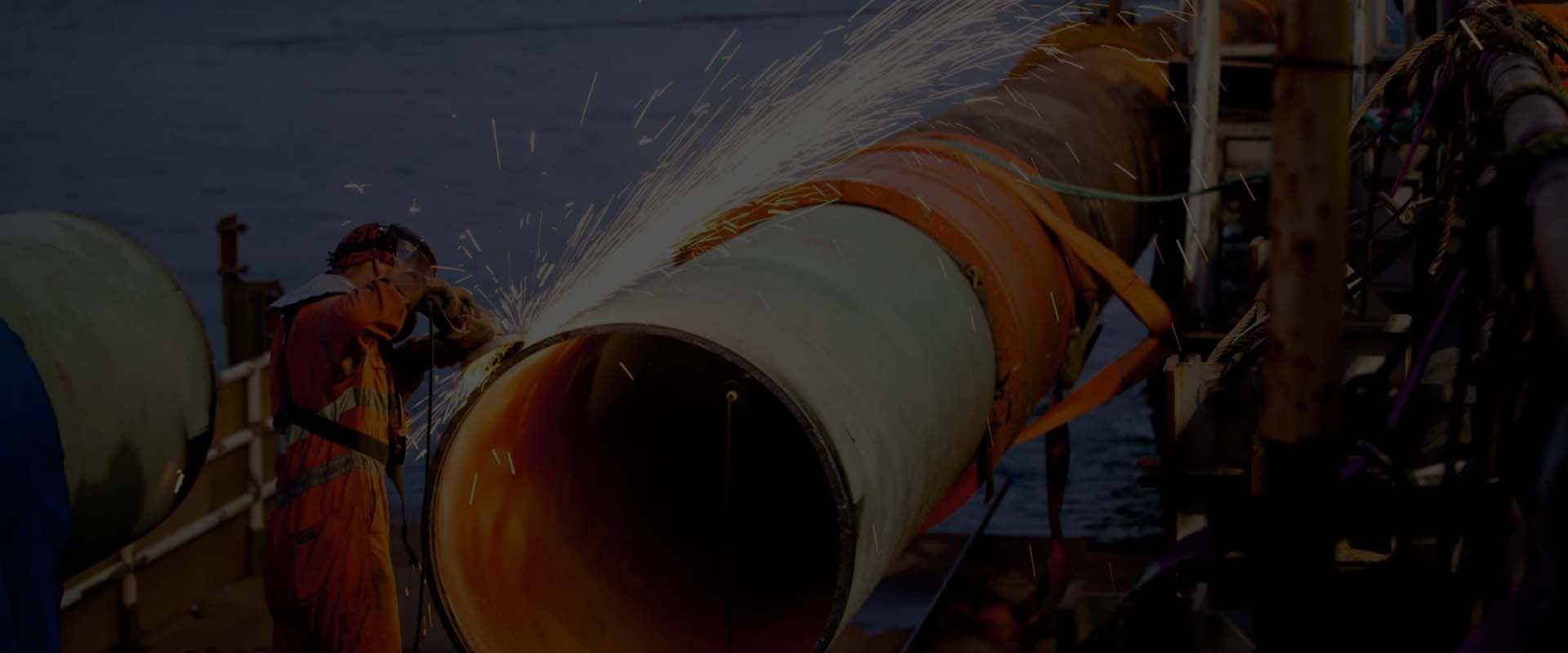- Industrial zone, South of Anping Town, Hengshui, Hebei, China.
- sales@hfpetromesh.com
- +86-18931809706
 Afrikaans
Afrikaans  Albanian
Albanian  Amharic
Amharic  Arabic
Arabic  Armenian
Armenian  Azerbaijani
Azerbaijani  Basque
Basque  Belarusian
Belarusian  Bengali
Bengali  Bosnian
Bosnian  Bulgarian
Bulgarian  Catalan
Catalan  Cebuano
Cebuano  Corsican
Corsican  Croatian
Croatian  Czech
Czech  Danish
Danish  Dutch
Dutch  English
English  Esperanto
Esperanto  Estonian
Estonian  Finnish
Finnish  French
French  Frisian
Frisian  Galician
Galician  Georgian
Georgian  German
German  Greek
Greek  Gujarati
Gujarati  Haitian Creole
Haitian Creole  hausa
hausa  hawaiian
hawaiian  Hebrew
Hebrew  Hindi
Hindi  Miao
Miao  Hungarian
Hungarian  Icelandic
Icelandic  igbo
igbo  Indonesian
Indonesian  irish
irish  Italian
Italian  Japanese
Japanese  Javanese
Javanese  Kannada
Kannada  kazakh
kazakh  Khmer
Khmer  Rwandese
Rwandese  Korean
Korean  Kurdish
Kurdish  Kyrgyz
Kyrgyz  Lao
Lao  Latin
Latin  Latvian
Latvian  Lithuanian
Lithuanian  Luxembourgish
Luxembourgish  Macedonian
Macedonian  Malgashi
Malgashi  Malay
Malay  Malayalam
Malayalam  Maltese
Maltese  Maori
Maori  Marathi
Marathi  Mongolian
Mongolian  Myanmar
Myanmar  Nepali
Nepali  Norwegian
Norwegian  Norwegian
Norwegian  Occitan
Occitan  Pashto
Pashto  Persian
Persian  Polish
Polish  Portuguese
Portuguese  Punjabi
Punjabi  Romanian
Romanian  Russian
Russian  Samoan
Samoan  Scottish Gaelic
Scottish Gaelic  Serbian
Serbian  Sesotho
Sesotho  Shona
Shona  Sindhi
Sindhi  Sinhala
Sinhala  Slovak
Slovak  Slovenian
Slovenian  Somali
Somali  Spanish
Spanish  Sundanese
Sundanese  Swahili
Swahili  Swedish
Swedish  Tagalog
Tagalog  Tajik
Tajik  Tamil
Tamil  Tatar
Tatar  Telugu
Telugu  Thai
Thai  Turkish
Turkish  Turkmen
Turkmen  Ukrainian
Ukrainian  Urdu
Urdu  Uighur
Uighur  Uzbek
Uzbek  Vietnamese
Vietnamese  Welsh
Welsh  Bantu
Bantu  Yiddish
Yiddish  Yoruba
Yoruba  Zulu
Zulu
- Afrikaans
- Albanian
- Amharic
- Arabic
- Armenian
- Azerbaijani
- Basque
- Belarusian
- Bengali
- Bosnian
- Bulgarian
- Catalan
- Cebuano
- Corsican
- Croatian
- Czech
- Danish
- Dutch
- English
- Esperanto
- Estonian
- Finnish
- French
- Frisian
- Galician
- Georgian
- German
- Greek
- Gujarati
- Haitian Creole
- hausa
- hawaiian
- Hebrew
- Hindi
- Miao
- Hungarian
- Icelandic
- igbo
- Indonesian
- irish
- Italian
- Japanese
- Javanese
- Kannada
- kazakh
- Khmer
- Rwandese
- Korean
- Kurdish
- Kyrgyz
- Lao
- Latin
- Latvian
- Lithuanian
- Luxembourgish
- Macedonian
- Malgashi
- Malay
- Malayalam
- Maltese
- Maori
- Marathi
- Mongolian
- Myanmar
- Nepali
- Norwegian
- Norwegian
- Occitan
- Pashto
- Persian
- Polish
- Portuguese
- Punjabi
- Romanian
- Russian
- Samoan
- Scottish Gaelic
- Serbian
- Sesotho
- Shona
- Sindhi
- Sinhala
- Slovak
- Slovenian
- Somali
- Spanish
- Sundanese
- Swahili
- Swedish
- Tagalog
- Tajik
- Tamil
- Tatar
- Telugu
- Thai
- Turkish
- Turkmen
- Ukrainian
- Urdu
- Uighur
- Uzbek
- Vietnamese
- Welsh
- Bantu
- Yiddish
- Yoruba
- Zulu
4 trench drain grate
Understanding 4% Trench Drain Grate Systems
Trench drain systems have become increasingly popular in various applications, from commercial and industrial installations to residential properties. A crucial component of these systems is the trench drain grate, which plays a vital role in effectively managing surface water while ensuring safety and accessibility. One specific design aspect that stands out is the 4% trench drain grate, which refers to the inclination or slope utilized in the installation process.
What is a Trench Drain?
A trench drain is a type of drainage system that involves a long, narrow channel designed to collect and redirect surface water away from areas prone to flooding or pooling. These systems are commonly found in parking lots, driveways, sports fields, and around buildings. The primary function of a trench drain is to handle significant volumes of water quickly, especially during heavy rainfall.
The Importance of Grates
The grate is the cover that sits over the trench drain, serving several essential functions. Firstly, it prevents debris, such as leaves and litter, from entering the drainage system, which could lead to clogs and obstructions. Secondly, it provides a safe surface for pedestrian and vehicular traffic over the trench. The design and material of the grate determine its load-bearing capacity, durability, and aesthetic appeal.
4 trench drain grate

What Does 4% Mean?
The term 4% in the context of trench drain grates refers to the slope or gradient used in the system. A 4% slope means that for every 100 units of horizontal distance, the trench will rise or fall by 4 units. This gentle slope is crucial for maintaining an effective flow rate without creating unusual pressure points within the drainage system. It helps in preventing water from pooling and ensures that it flows efficiently toward the designated drainage exit point.
Advantages of Using a 4% Slope
Installing a trench drain with a 4% slope has several advantages. Firstly, it ensures adequate drainage even during heavy rainfall, significantly reducing the risk of flooding. Secondly, the manageable degree of slope allows for safer pedestrian and vehicular movements over the trench, minimizing the risk of tripping or accidents. Furthermore, a 4% slope provides a balance between effective drainage and structural integrity, making it a preferred choice for many contractors and property owners.
Conclusion
In conclusion, the 4% trench drain grate system highlights the intersection of efficient water management and safety. Understanding the implications of slope in these systems is critical for maximizing their effectiveness. Whether for commercial or residential purposes, investing in a properly designed trench drain system with an appropriate grate can significantly enhance drainage efficiency while providing a safe surface for various activities. In an era of increasing rainfall and potential flooding, effective drainage solutions like the 4% trench drain grate are more important than ever.
-
Welded Steel Bar Grating: The Rugged Industrial Flooring Solution Built for Load and LongevityNewsJun.24,2025
-
Steel Walkway Grating: Reliable, Resilient, and Built for Every StepNewsJun.24,2025
-
Shale Shaker Screen for Sale: Optimize Drilling Efficiency with Precision Screening PowerNewsJun.24,2025
-
Shaker Screen for Sale: Elevate Your Drilling Efficiency with Durable Separation SolutionsNewsJun.24,2025
-
Press Locked Steel Grating: Industrial Strength with Precision Fit for Heavy-Duty ApplicationsNewsJun.24,2025
-
Perimeter Safety Netting: The Critical Safety Upgrade for Every HelipadNewsJun.24,2025